Health Benefits of Spirulina Noodles:
- Rich in Protein:
- Spirulina is a complete protein source, containing all nine essential amino acids. This makes it an excellent option for vegetarians, vegans, and those looking to increase their protein intake.
- High in Vitamins and Minerals:
- Spirulina is packed with essential vitamins like B vitamins (especially B12), vitamin A, and vitamin K. It also provides important minerals such as iron, magnesium, and potassium, which support overall health and well-being.
- Antioxidant Properties:
- Spirulina contains antioxidants like phycocyanin, beta-carotene, and zeaxanthin, which help combat oxidative stress and reduce inflammation, potentially lowering the risk of chronic diseases.
- Supports Immune Function:
- The high vitamin C and beta-carotene content in spirulina help boost the immune system, enhancing the body’s ability to fight infections and illnesses.
- Improves Energy Levels:
- Spirulina is known for its ability to enhance energy levels and reduce fatigue. The combination of protein, vitamins, and minerals contributes to increased vitality and overall energy.
- Supports Detoxification:
- Spirulina may help detoxify the body by promoting the elimination of toxins and heavy metals, thanks to its high chlorophyll content.
- Anti-Inflammatory Effects:
- The anti-inflammatory compounds in spirulina can help reduce inflammation in the body, which is beneficial for managing chronic inflammatory conditions.
How Spirulina Noodles Are Made:
Spirulina noodles are made by incorporating spirulina powder into the noodle dough. Here’s a general outline of the process:
- Spirulina Powder Noodles:
- Step 1: Spirulina is typically available in powdered form. You’ll need to obtain high-quality spirulina powder.
- Step 2: Mix the spirulina powder with flour (such as wheat, rice, or a gluten-free alternative) and salt. The amount of spirulina powder used will affect the flavor and color of the noodles.
- Step 3: Gradually add water to the flour mixture to form a dough. The dough should be kneaded until smooth and elastic.
- Step 4: Shape the dough into noodles using a noodle press, pasta machine, or by hand-rolling and cutting.
- Step 5: Cook the noodles in boiling water until tender, then drain and use in various dishes.
Cooking with Spirulina Noodles:
Spirulina noodles have a unique, slightly earthy flavor and vibrant green color, making them a visually striking addition to various dishes. Here are some ways to use them:
- Stir-Fries:
- Cook spirulina noodles and stir-fry them with a mix of vegetables, tofu or chicken, and a light sauce made with soy sauce, garlic, and ginger. The noodles add a nutritious boost to the dish.
- Noodle Bowls:
- Create a nutrient-packed noodle bowl by combining spirulina noodles with fresh greens, roasted vegetables, and a protein source like grilled fish or tempeh. Top with a flavorful dressing or sauce.
- Soups:
- Add spirulina noodles to broths or soups for a healthful twist. They work well in both light vegetable soups and richer, coconut-based broths.
- Salads:
- Use cooled spirulina noodles in cold salads, mixing them with crunchy vegetables, herbs, and a tangy vinaigrette for a refreshing and nutritious meal.
- Fusion Dishes:
- Incorporate spirulina noodles into fusion dishes, such as Asian-inspired noodle salads or Mediterranean-style pasta dishes. The unique flavor and color of the noodles can complement various cuisines.
Storage and Availability:
- Storage: Dried spirulina noodles should be stored in an airtight container in a cool, dry place. Fresh noodles can be refrigerated and should be used within a few days.
- Availability: Spirulina noodles might be available in health food stores, organic markets, or online retailers. They can also be made at home using spirulina powder and your choice of flour.









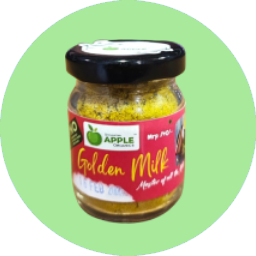
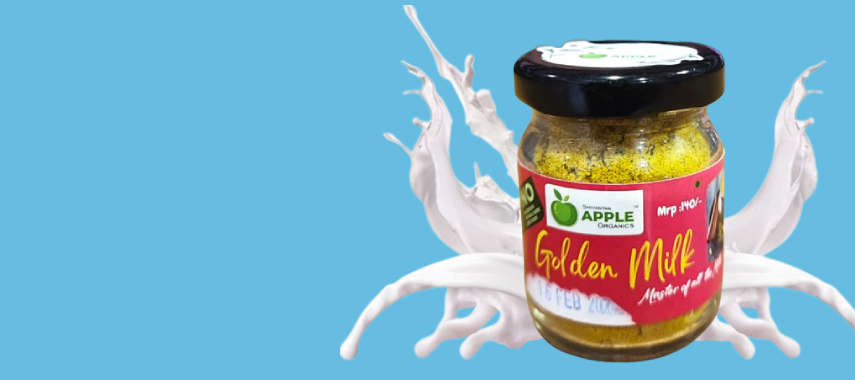












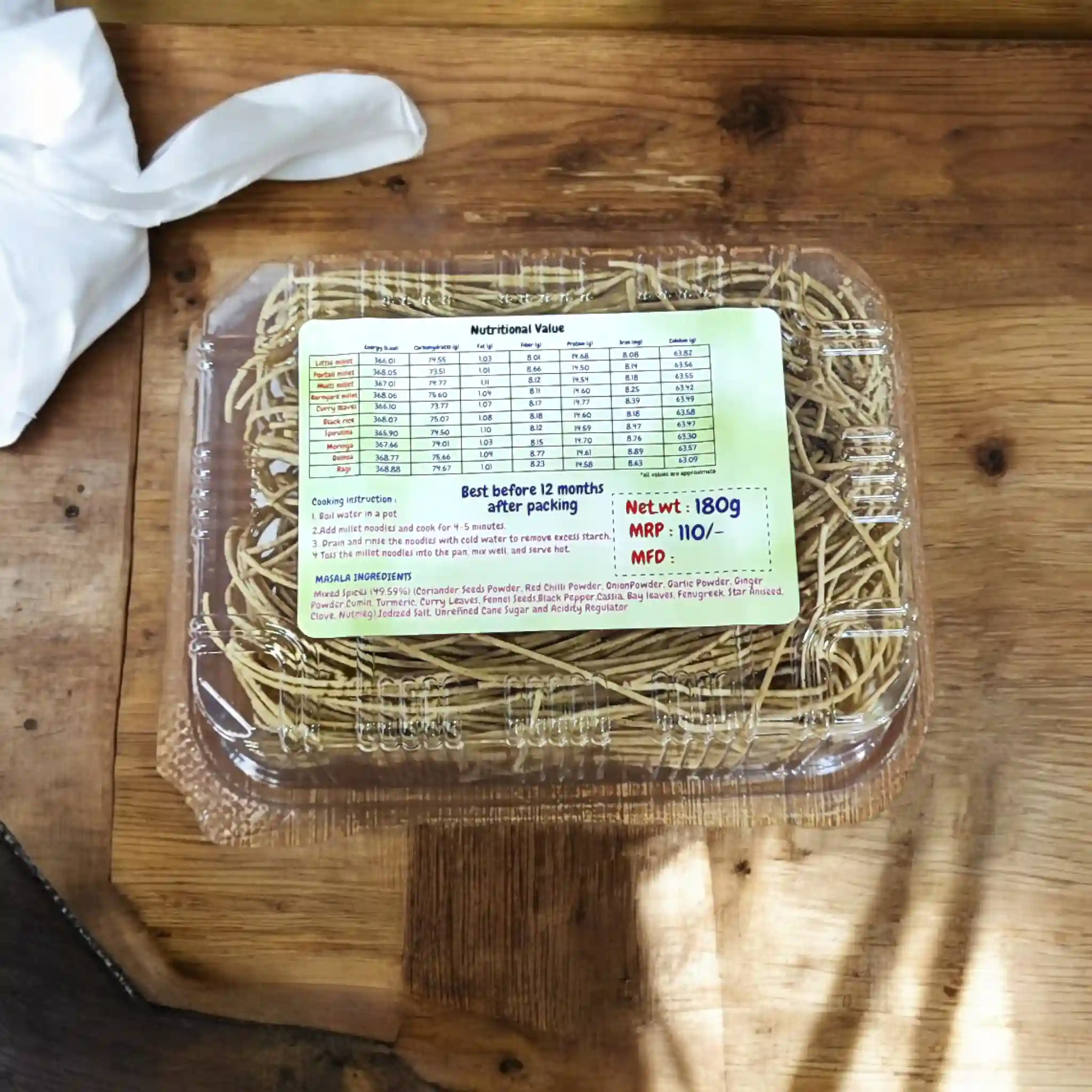
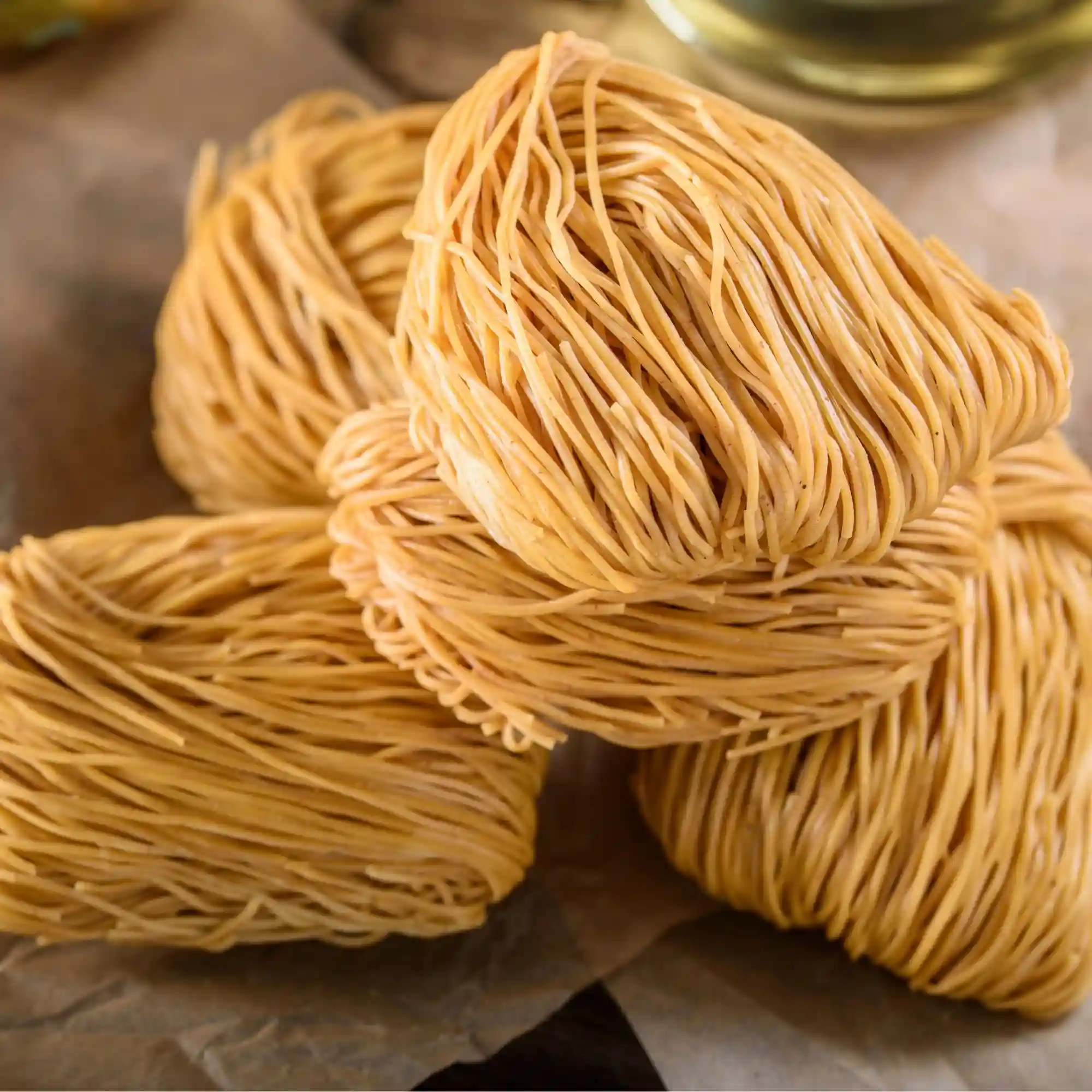
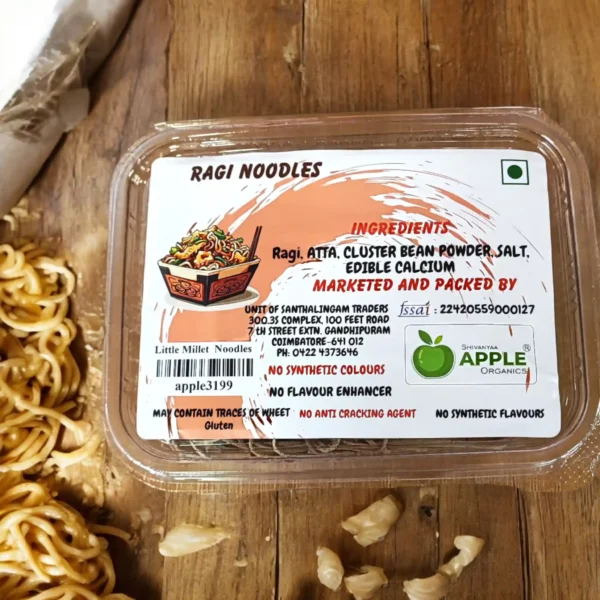

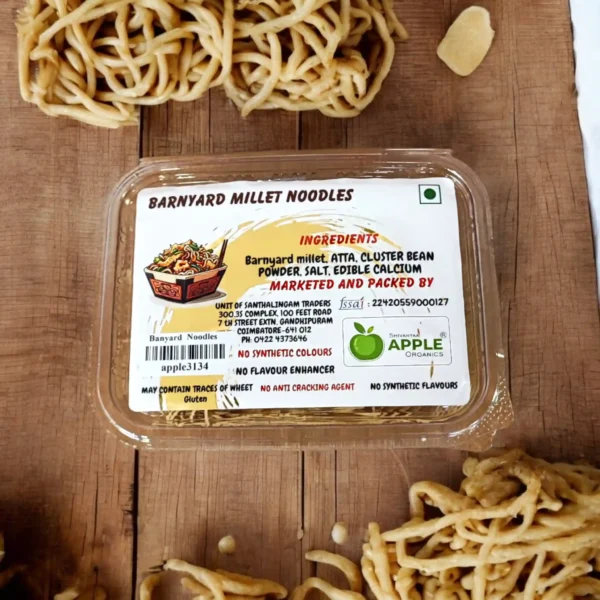
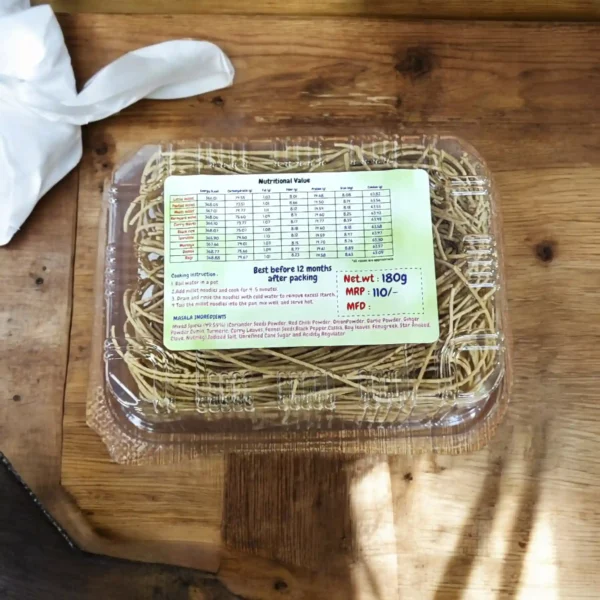
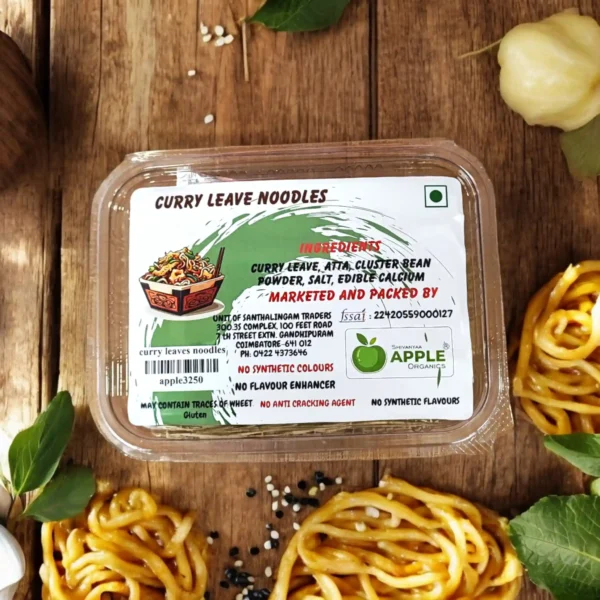

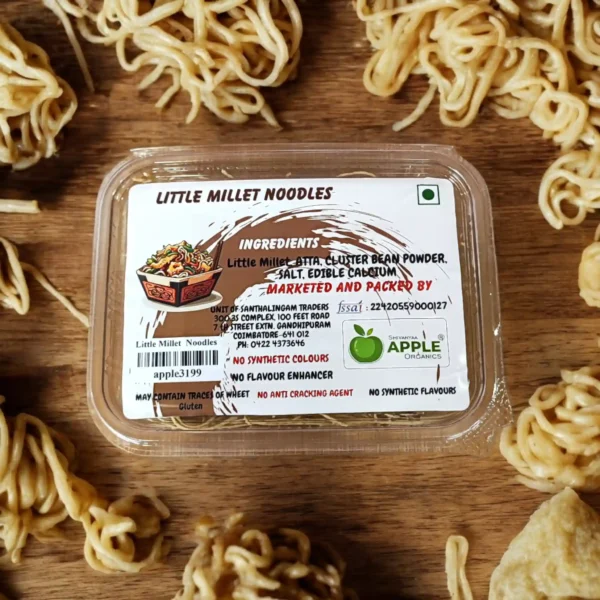

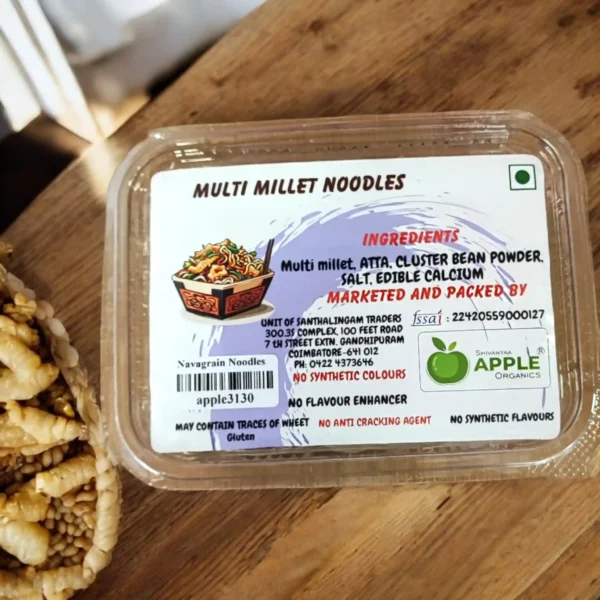

Reviews
Clear filtersThere are no reviews yet.